Oxalis triangularis, commonly known as Purple Shamrock or Purple Oxalis, is a houseplant appreciated for its unique foliage. Here are some key features and care tips for this plant:
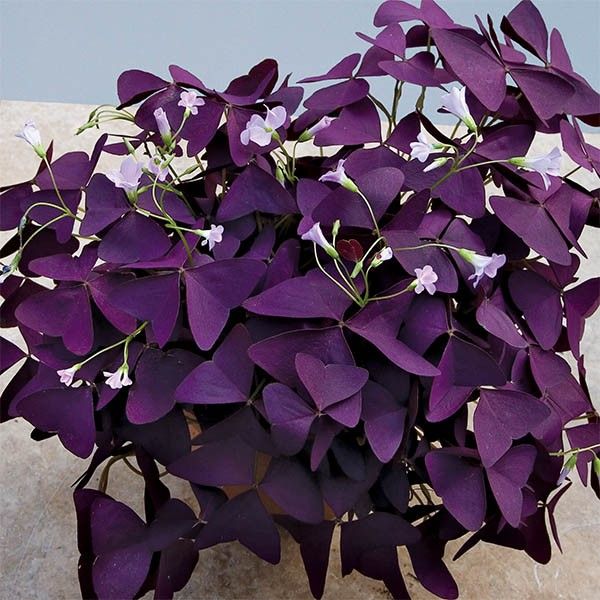
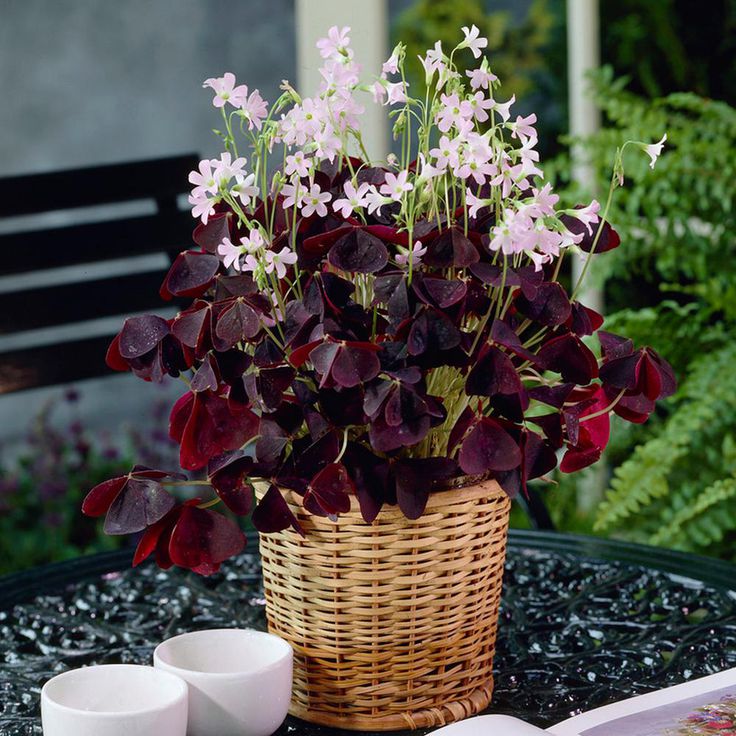
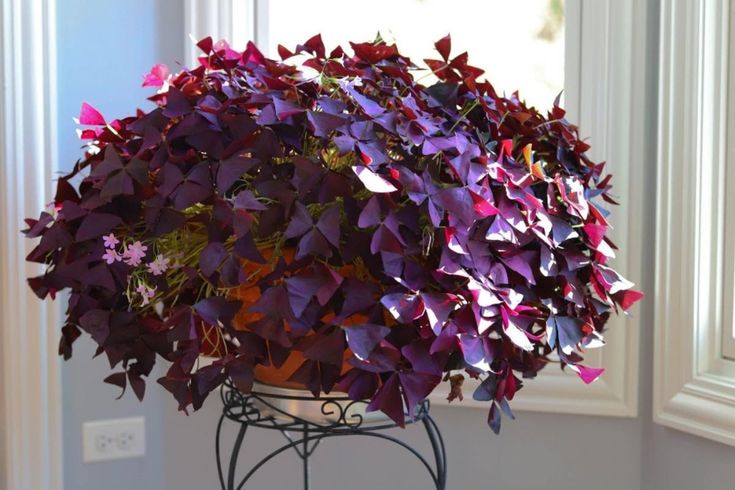
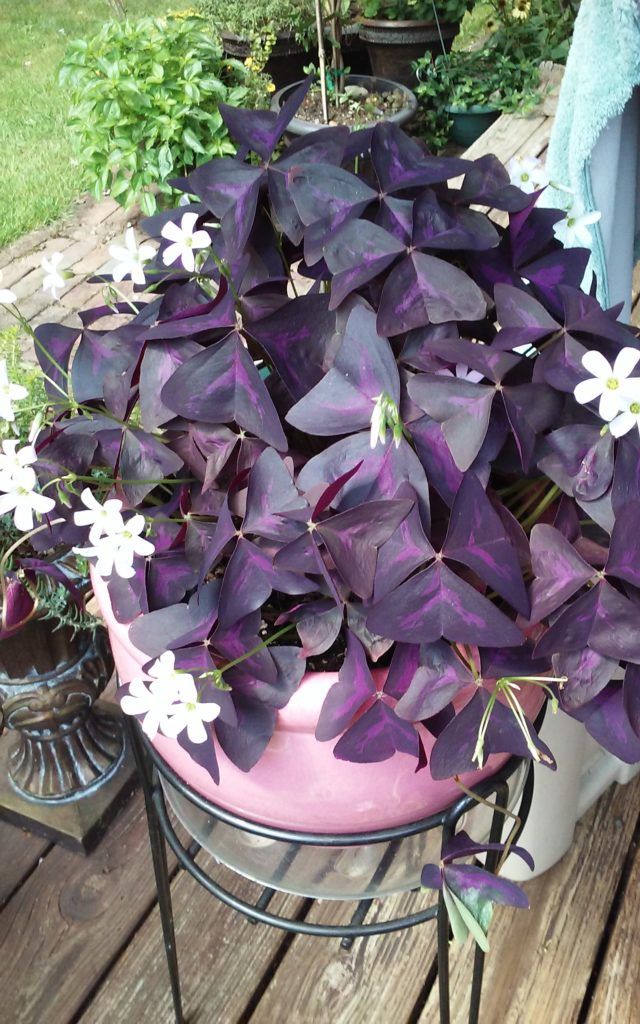
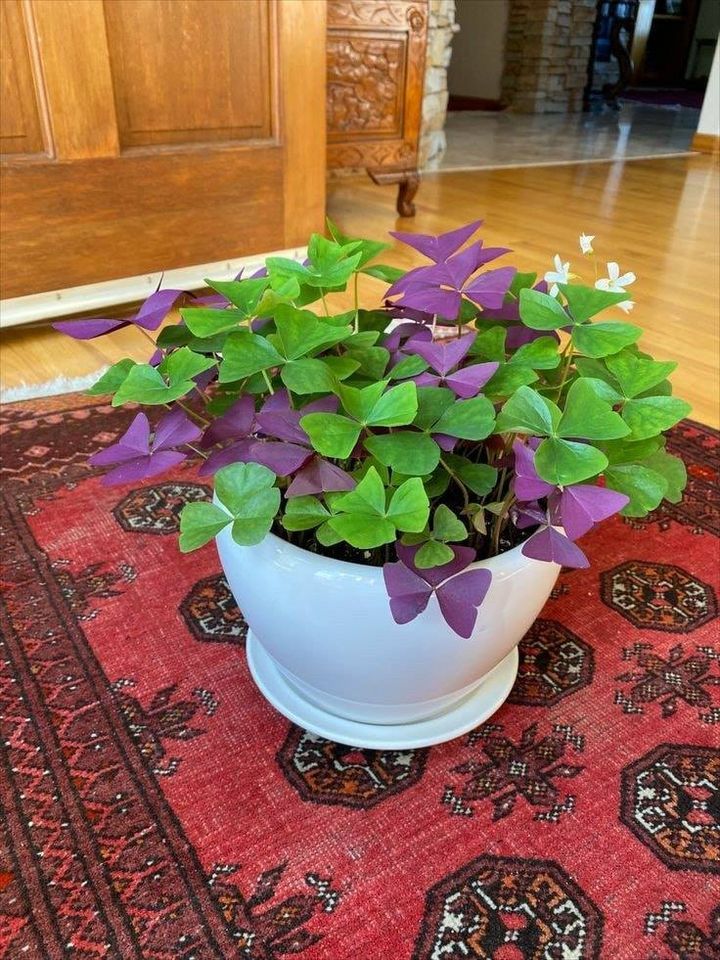
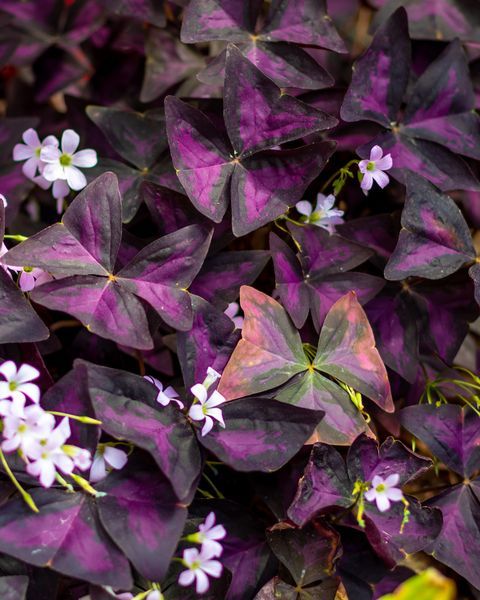
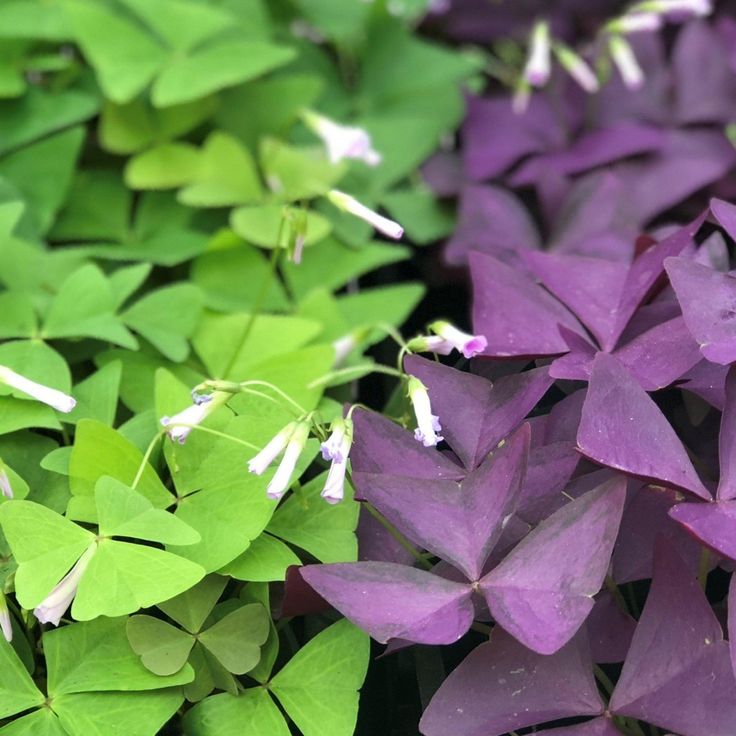
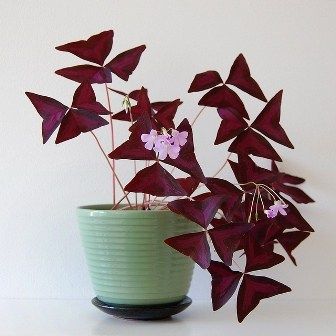
Features of Oxalis triangularis (Purple Shamrock):
- Leaf Appearance: This plant is admired for its triangular-shaped, deep purple leaves that fold downward at night, resembling a shamrock or butterfly wings. Some varieties may exhibit a vibrant reddish hue on the undersides of the leaves.
- Seasonal Blooms: In addition to its striking foliage, Purple Shamrock produces small, pinkish-white flowers that appear periodically during its growing season.
- Growth Habit: It typically grows as a compact and low-growing plant, making it suitable for indoor settings or as a ground cover in outdoor gardens in temperate climates.
Care Tips for Purple Shamrock:
- Light: Provide bright, indirect light for this plant. Too much direct sunlight can cause leaf scorching, while insufficient light may lead to leggy growth.
- Temperature: It thrives in moderate room temperatures between 65-75°F (18-24°C) and appreciates slightly cooler temperatures at night.
- Watering: Keep the soil consistently moist but not waterlogged. Allow the top inch of the soil to dry out slightly before watering again. Avoid overwatering, as it can lead to root rot.
- Soil: Well-draining, slightly acidic soil mix is ideal for Purple Shamrock. Consider a mix of potting soil, peat moss, and perlite or sand for good drainage.
- Fertilization: Feed the plant with a diluted, balanced liquid fertilizer every 4-6 weeks during the growing season (spring through fall).
- Dormancy Period: Purple Shamrock may enter a dormant phase where it sheds its leaves. Reduce watering and let the plant rest for a few weeks in a cool, dark location. New growth should emerge afterward.
- Propagation: Propagate Oxalis triangularis through division or by planting bulb-like structures (rhizomes or tubers) produced by the plant.
Caution:
- Some species of Oxalis can be toxic to pets if ingested in large quantities. Consider placing it in a location that is inaccessible to pets if you have concerns.
With proper care and attention to its specific needs, the Purple Shamrock (Oxalis triangularis) can be a beautiful addition to your indoor plant collection, showcasing its vibrant foliage and occasional delicate blooms.





